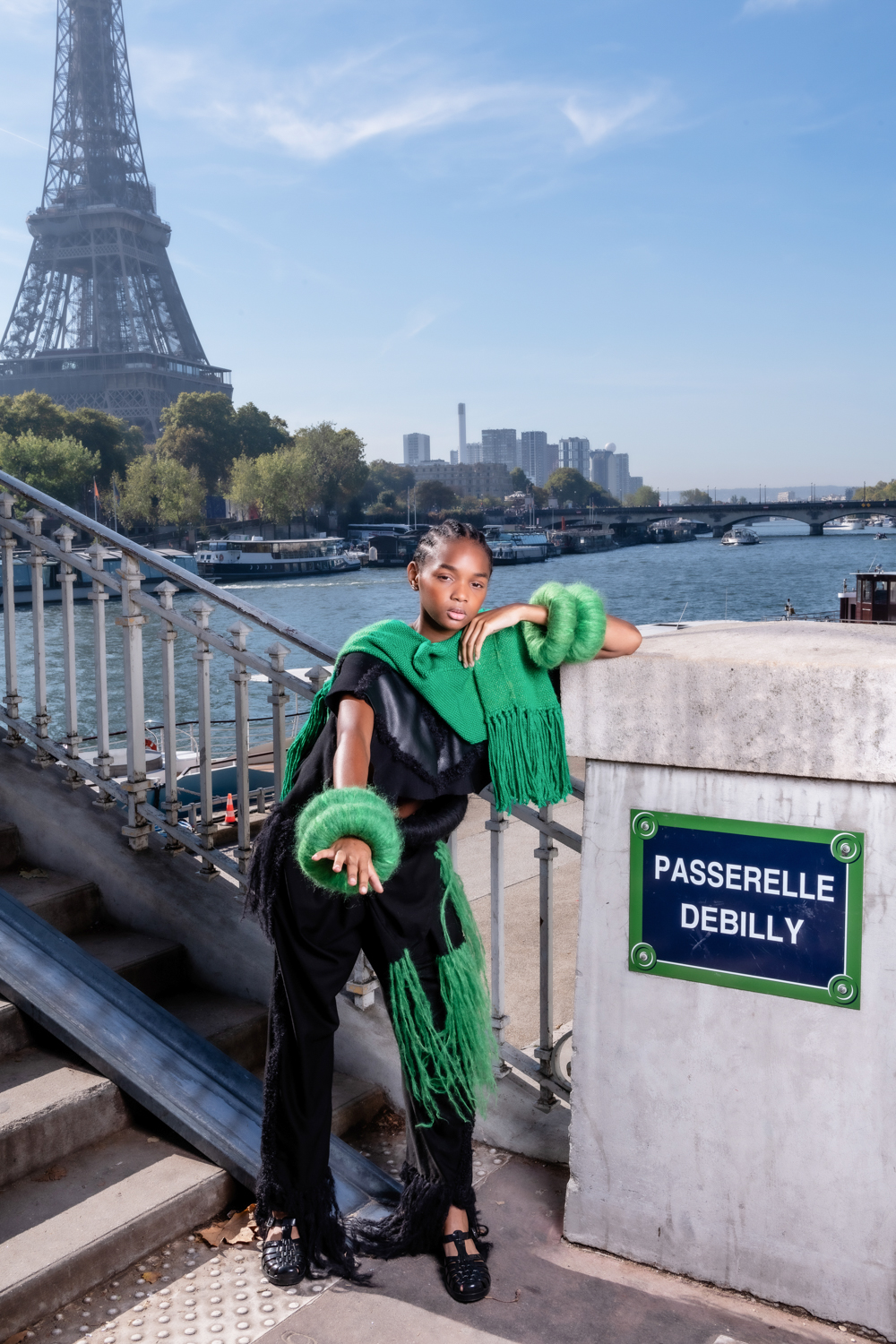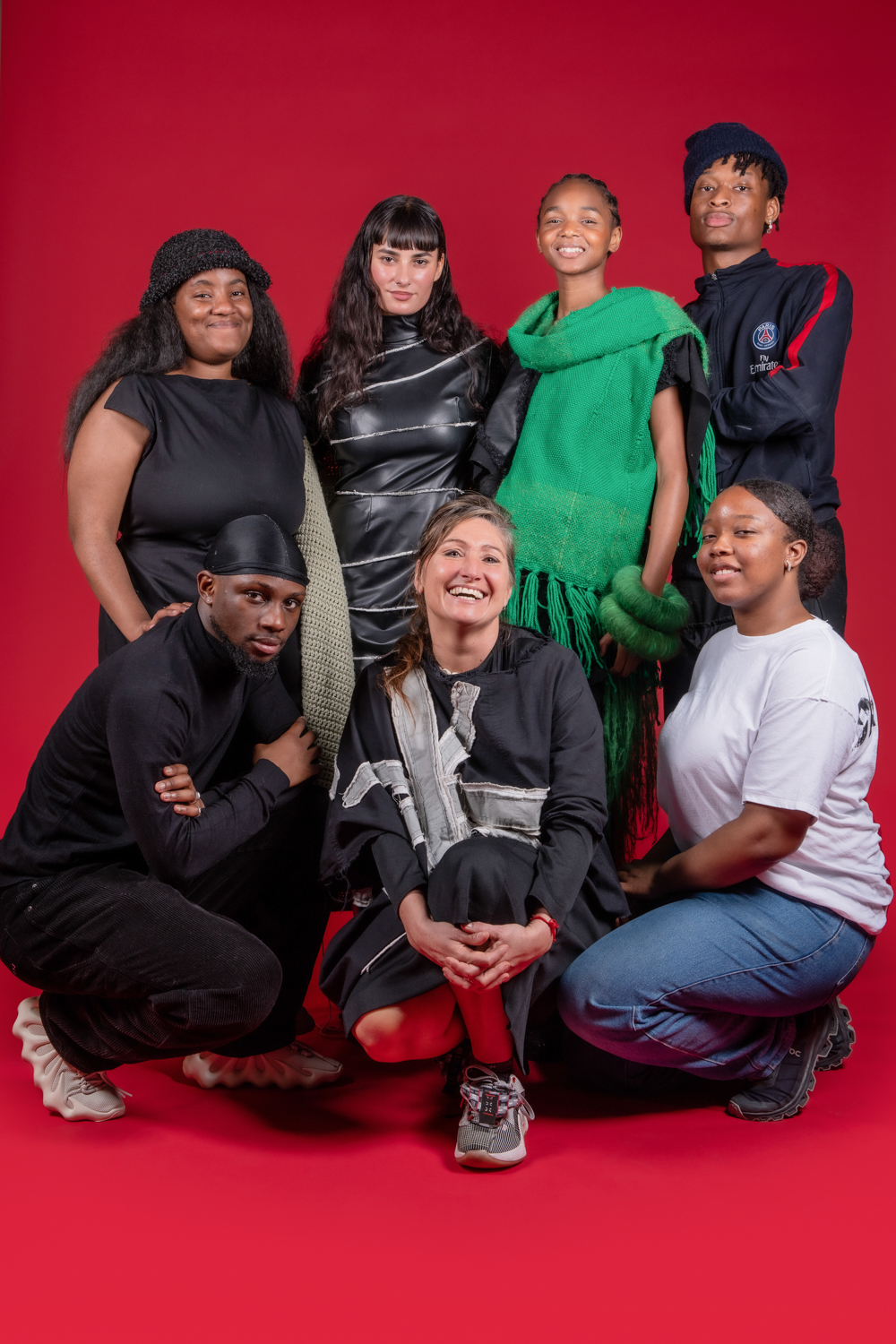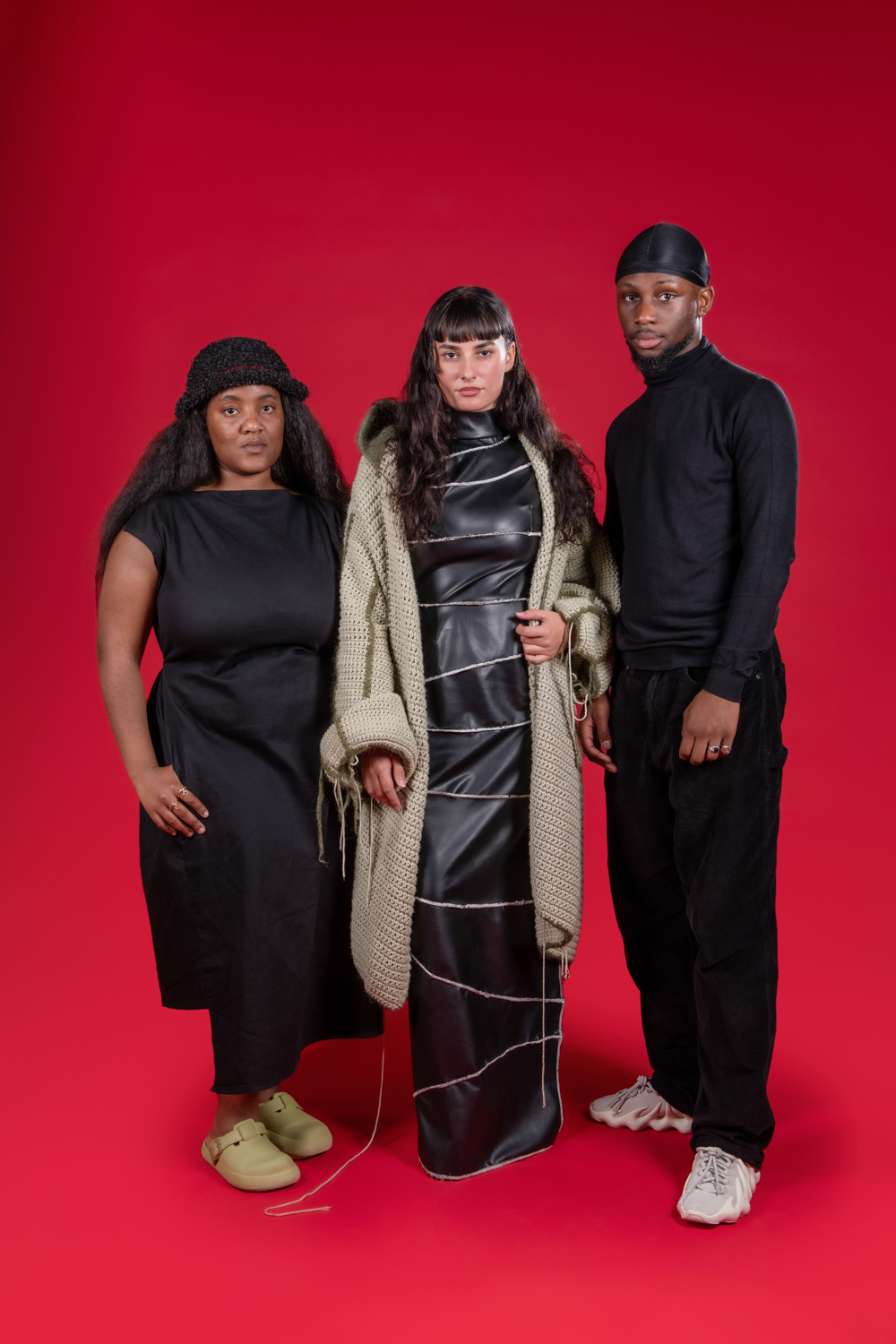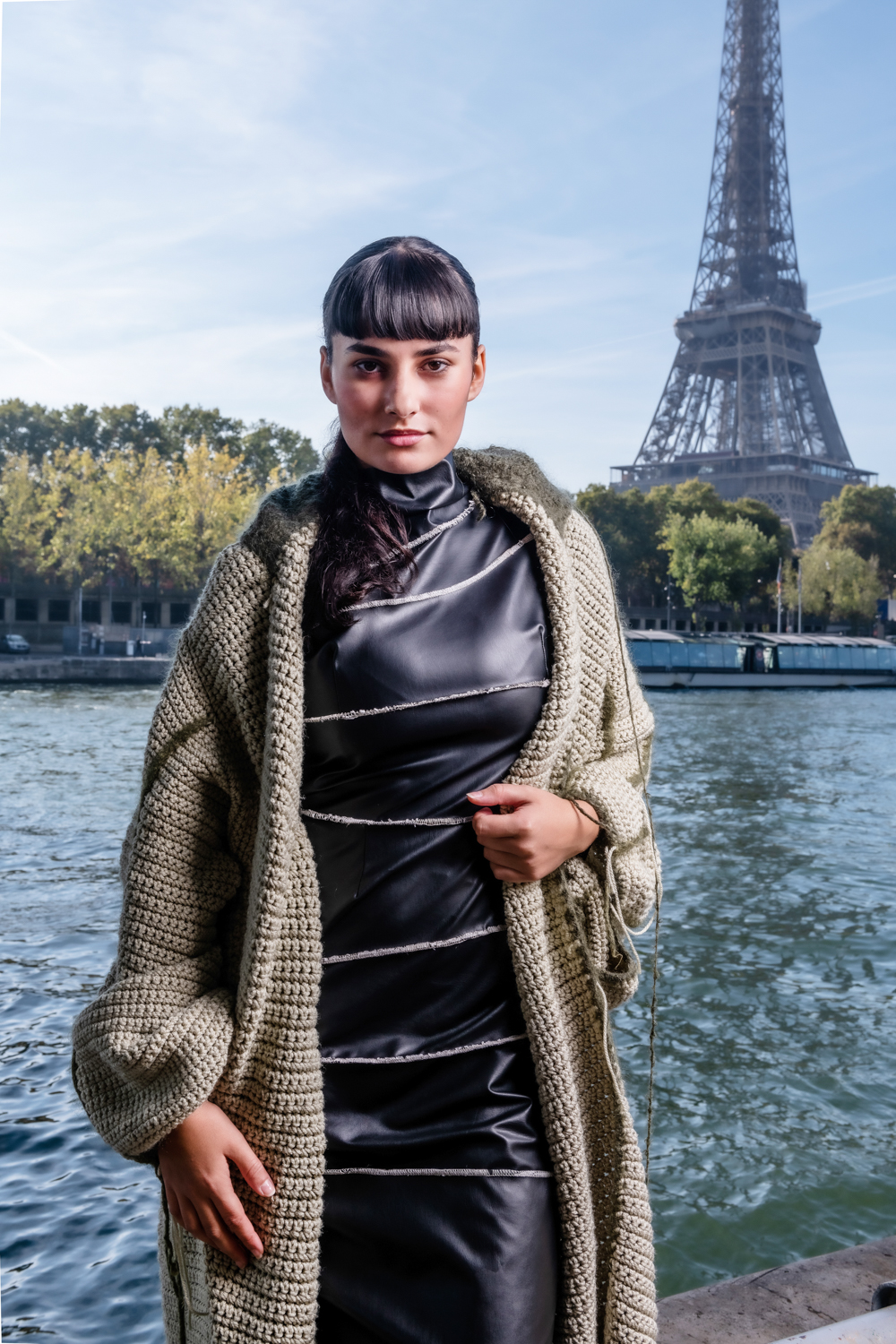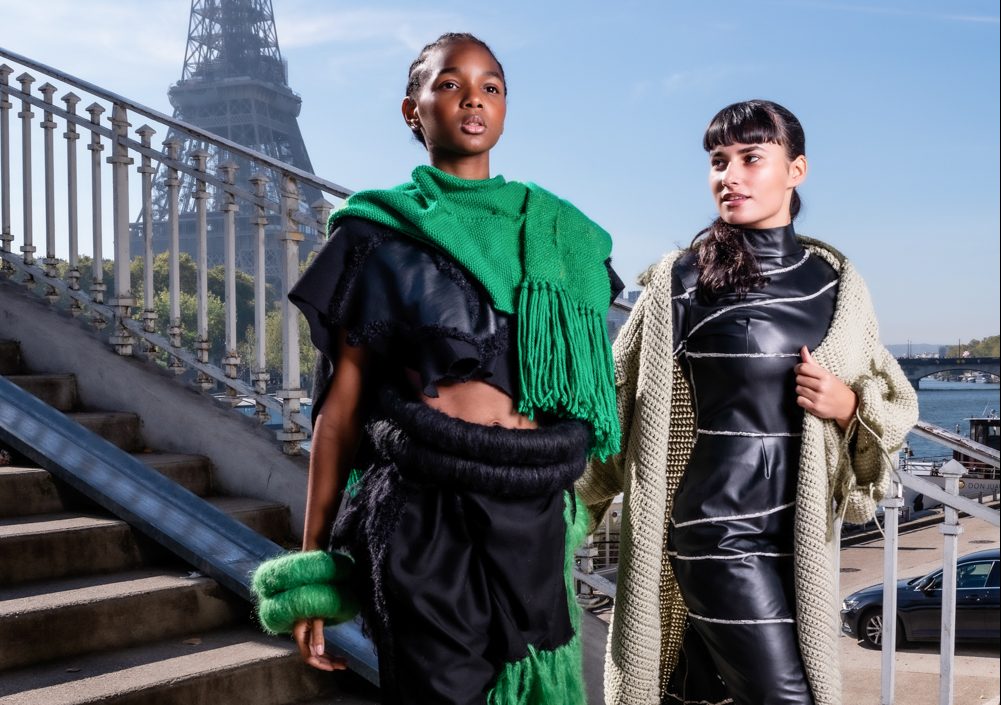In 1973, American fashion designers were pitted against French designers in the Battle of Versailles. The Palace of Versailles was once home to one of the Western world’s earliest fashion influencers, Marie Antoinette, whose adoption of the chemise dress helped spur chattel slavery and the cotton trade in the United States. In an unprecedented move for the time, the American designers brought several Black models to display their design ethos, one that surpassed the derivative, paternalistic perspective held by the French and the world at large. Now in 2022, the textile du jour is mohair as a new set of designers set to make their mark on fashion history.
Following a 2 year long mentorship with True Fashion, South African designers Zaza Hlalethwa and Khumo Morojele presented a radical, sustainable outlook at Paris Fashion Week in October. This was not a battle, however, but instead a cross-channel collaboration with Isis-Christana Mbango and Freddy Lassey, students at the French fashion school Casa93. The program is spearheaded by the French Institute of South Africa (IFAS) and Casa93, and supported by the Institut Français and the City of Paris. This Season began with both pairs of designers exploring the Karoo, Khayelitsha, and the Cape, learning about South Africa’s mohair industry and working alongside mentors from the African Fashion Research Institute (AFRI) and Ekasi Fashion Alliance (EFA).
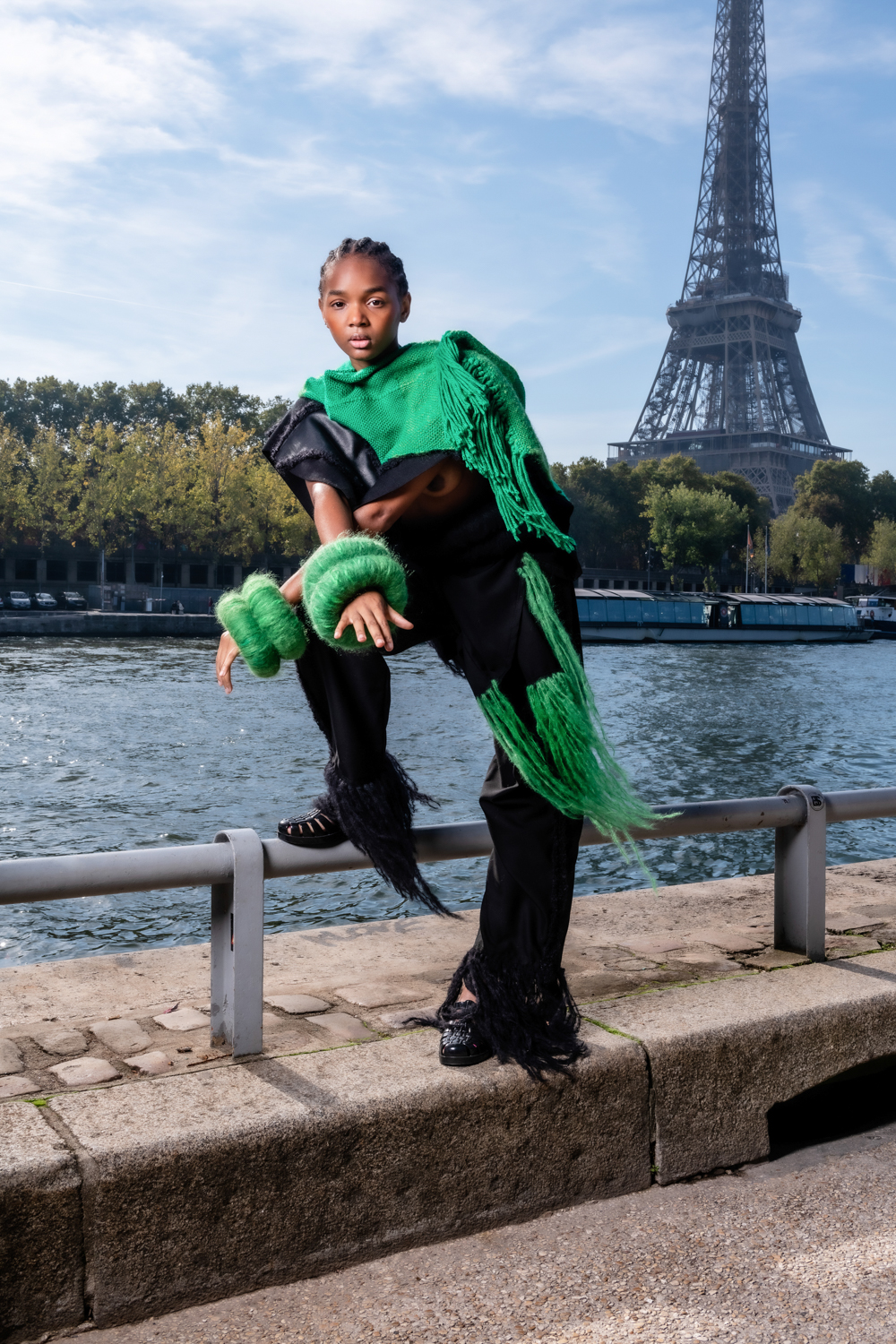
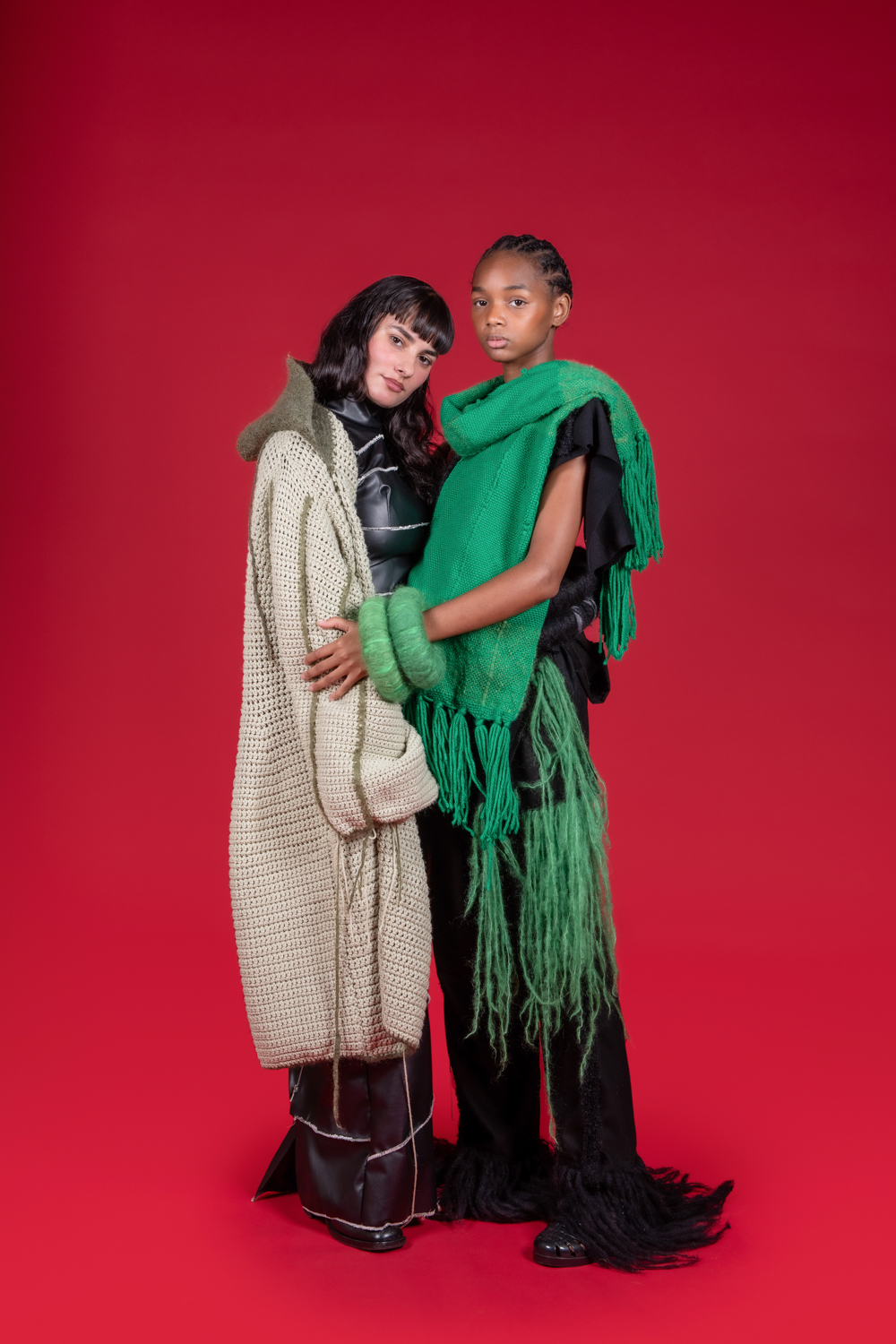
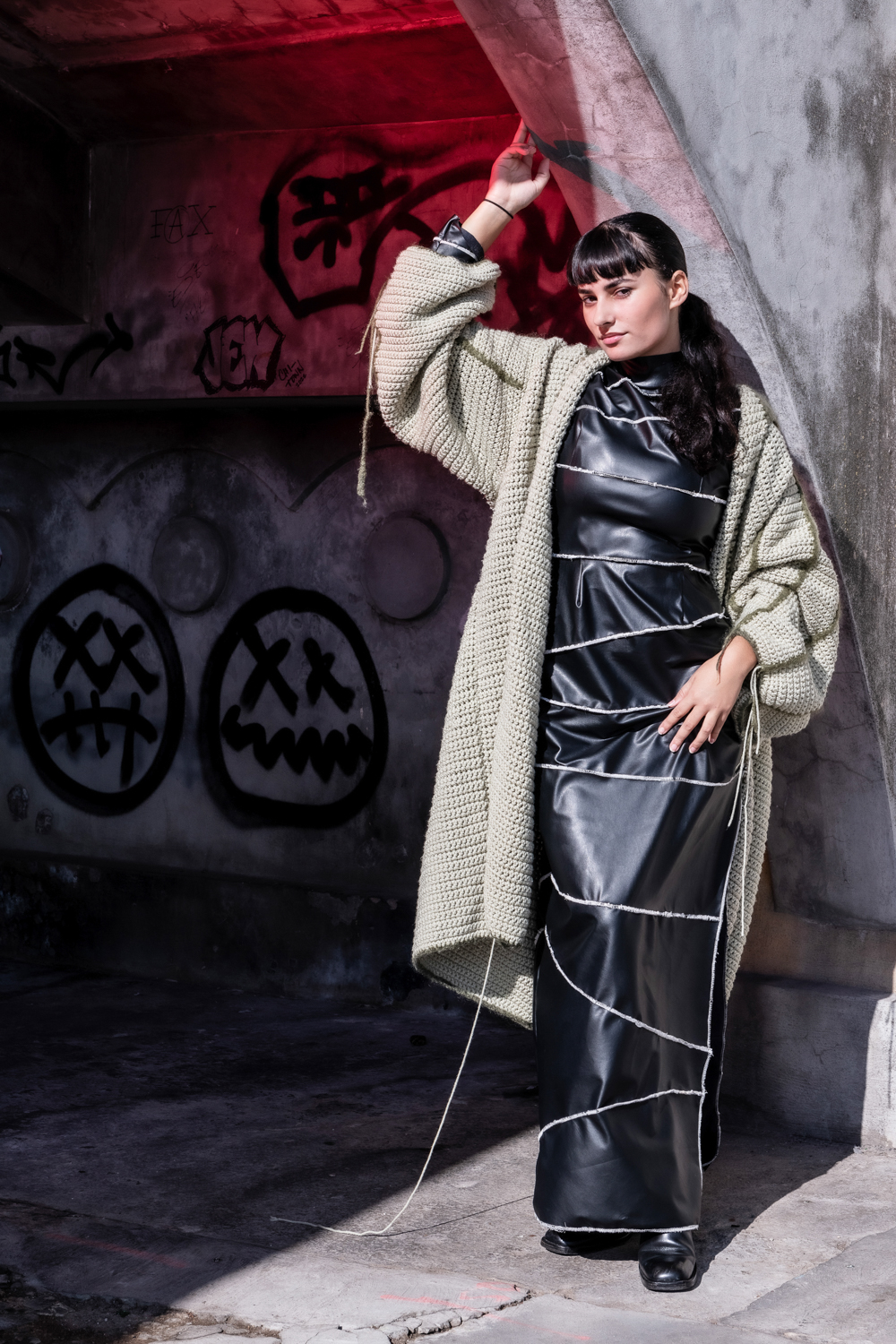
Most fashion designers are taught to function as islands; as singular visionaries who are the only ones able to execute their plans and dreams. The fashion industry as a whole is a group project requiring pattern makers, sewists, packers, sales staff, publicists and many more to come together to deliver a single item to a consumer’s hands but yet much of the face of the sector is either an anonymous giant, such as an entity like Shein or Zara, or it is all rests solely on one person’s shoulders, Karl Lagerfeld’s Chanel or Tom Ford’s Gucci for example. This individualism is part of why the industry’s supply chain remains so murky and it becomes difficult for modern consumers to grasp concepts like who made their clothes or how a single item can touch so many lives. Collaboration and community thus become essential to envisioning any sort of restorative, sustainable future.
And while collabs are seemingly common, they’re not so easy to do as Hlalethwa and Morojele soon learned.
Morojele has spent the majority of his design career in his bedroom, his makeshift atelier, relying primarily on himself for the entire making process. “So to invite someone into my world and to be welcomed into theirs was a very different process”, Morojele states. Even for Hlalethwa, a journalist by profession, it was an adjustment. “Being used to editorial spaces where there’s absolutely nothing that you do alone, I thought I could do this”, she reveals. “It’s the same thing, but it’s not. I learnt that I was very tender and very [combative] when collaborating about ideas.”
“Learning how to relinquish and compromise and make a hybrid that makes both of you happy was quite the process,” Hlalethwa continues. She was partnered with Lassey on a piece inspired by one of the first freed women of the Cape. Lassey created a 12-panelled dress stimulated by the South African emblem and Hlalethwa crocheted a jacket after the shape of shelters they saw in the Western Cape.
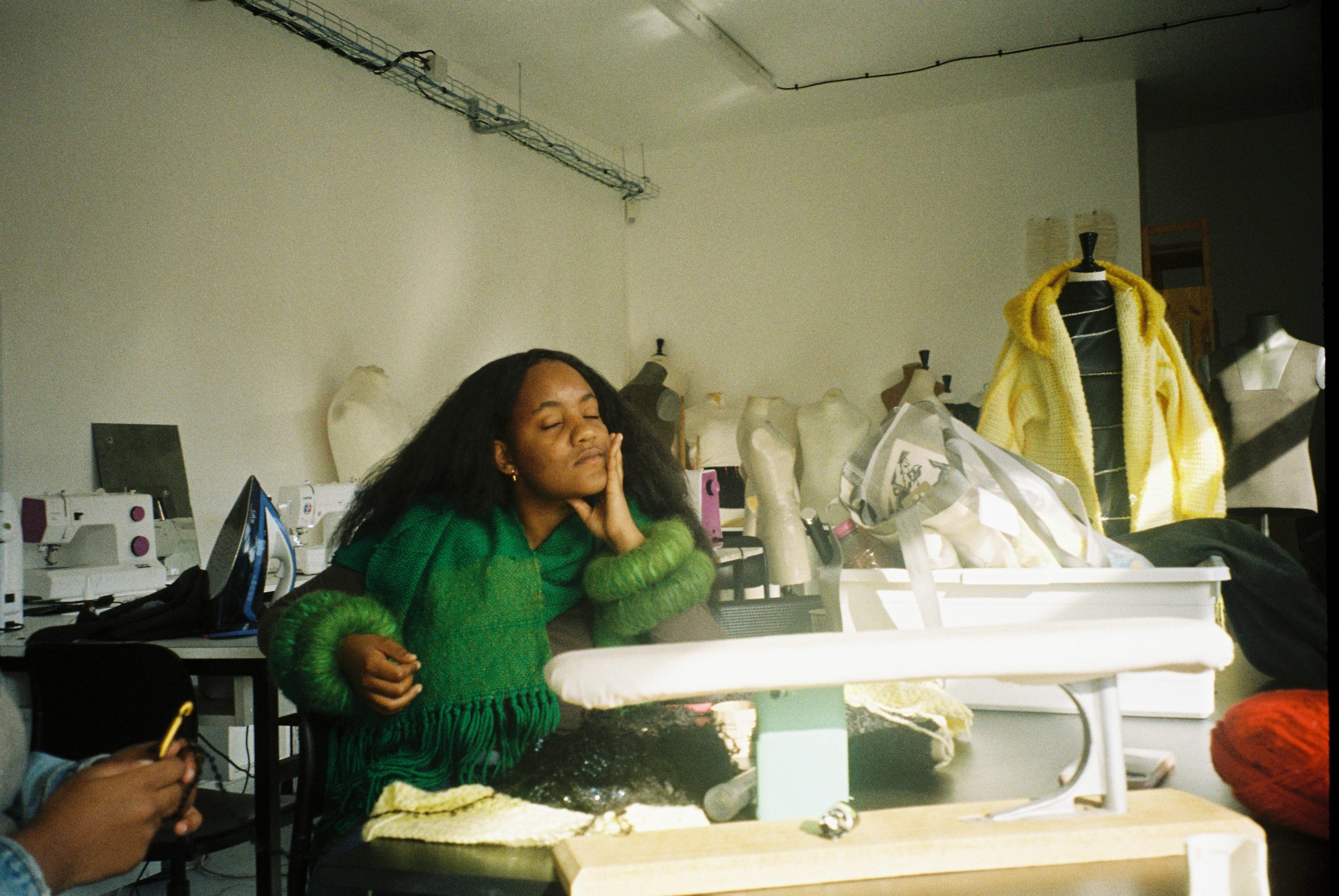
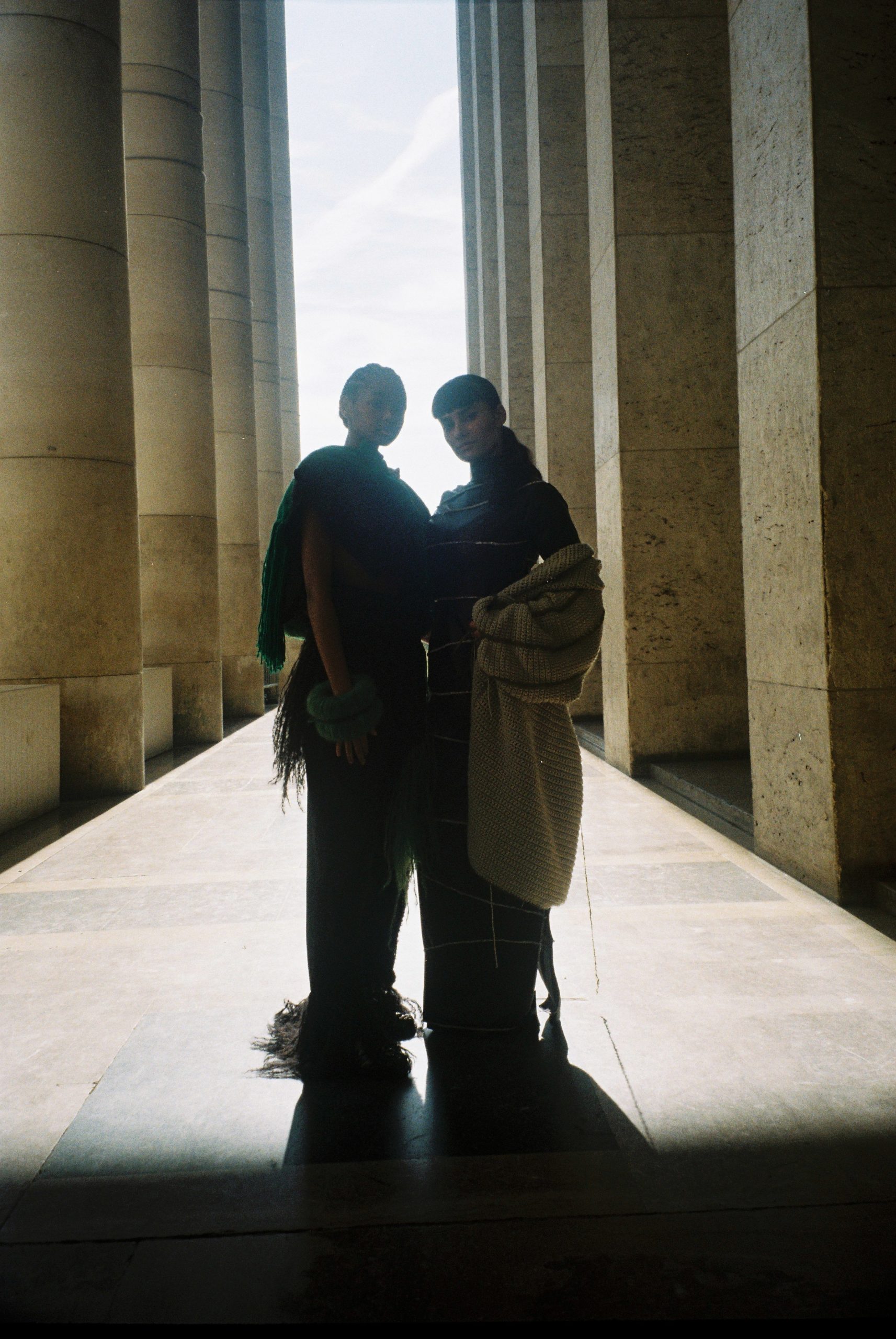
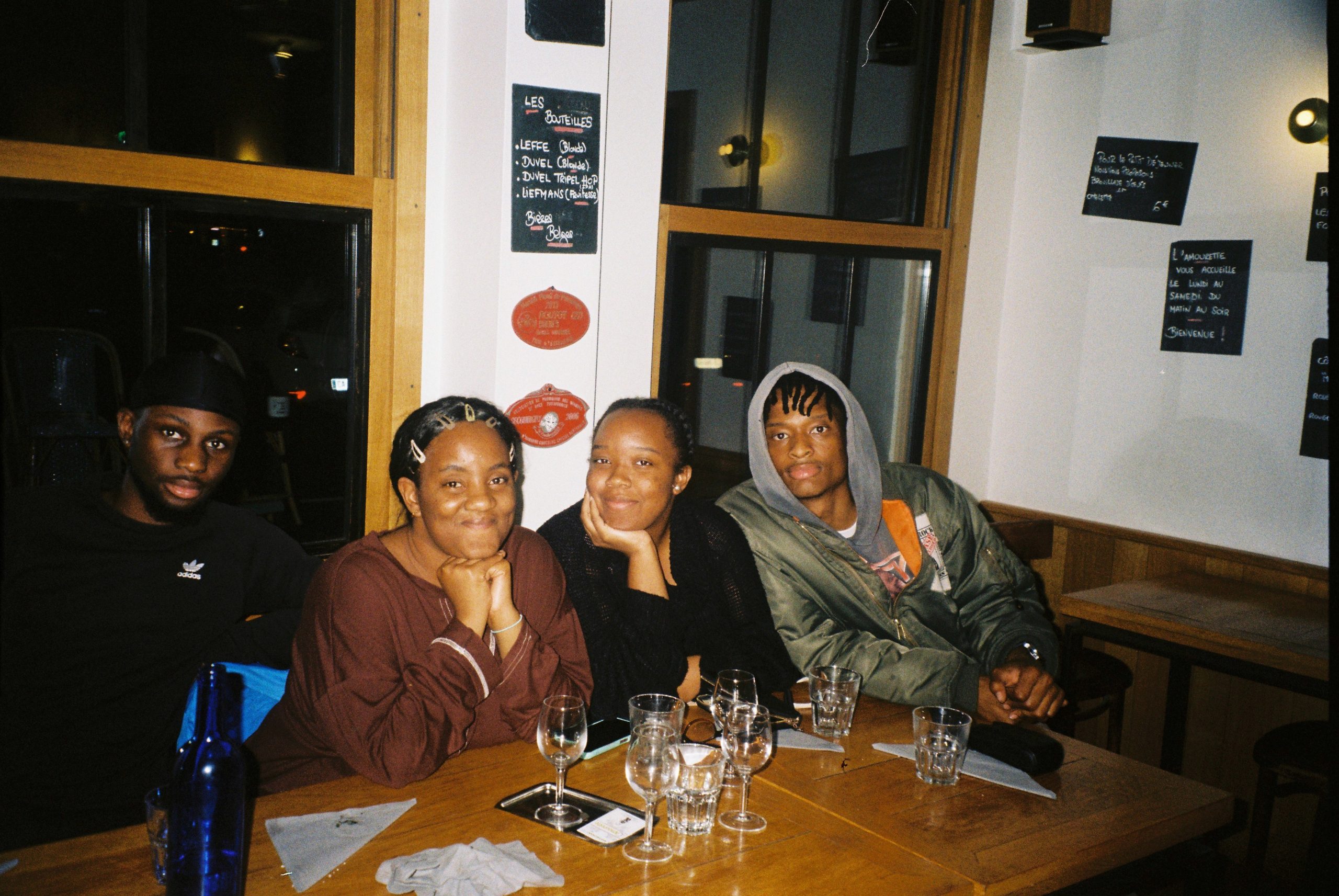
“We gave each other room to say no”, she says of the work. “There was respect for each other’s practises before we collaborated. So even though we didn’t always get our way, we trusted each other.”
The same was true for Morojele and Mbango. “[There’s] a lot of compromising and standing your own ground to reach a mutual understanding. It has helped me grow as a collaborator. [I’m] grateful to have met and worked with Isis and Freddy.”
After travelling and learning in South Africa, the two pairs went to Paris to work at Casa93 and exhibit their designs at Paris Fashion Week, in a show entitled CARJACK. The cooperation didn’t end with their individual projects. “There was a negotiation that we all had to [do]. CARJACK was incredibly collaborative. I thought it stopped with me and Freddy but everybody in the class had a say. We also had a say in other people’s garments. You had the right to ask questions [such as], How does this fit into that? And What does this say?” Hlalethwa explains.
For Morojele, the experience asserted the importance of people when it comes to protecting the planet. It was in this collaborative space that the designers were able to grasp the transformative nature of community. “Being in that sort of a space where you have to assert yourself and stand up for your ideas, you start to see whether you [actually] care about it or not.”
Mentorship is a key part of the True Fashion program. In Season 1, the designers spent one-on-one time with Lukhanyo Mdingi, Nadine Gonzalez, Olga Pham, and Buki Akomolafe, and in Season 2, with Erica de Greef of the AFRI and Zuko Langeni of EFA. From this assortment of designers, practitioners, academics and activists, the designers were able to glean a wider cultural and economic understanding of sustainability. For Hlalethwa, one of the biggest takeaways was about the importance of slow fashion considered conscious production. Morojele, a Johannesburg resident who was born in the United States, gained a broader understanding of the nation. “South Africa is the country of cultural exports,” he shares. The shape and fabric of the local industry were as much of teachers as his mentors were.
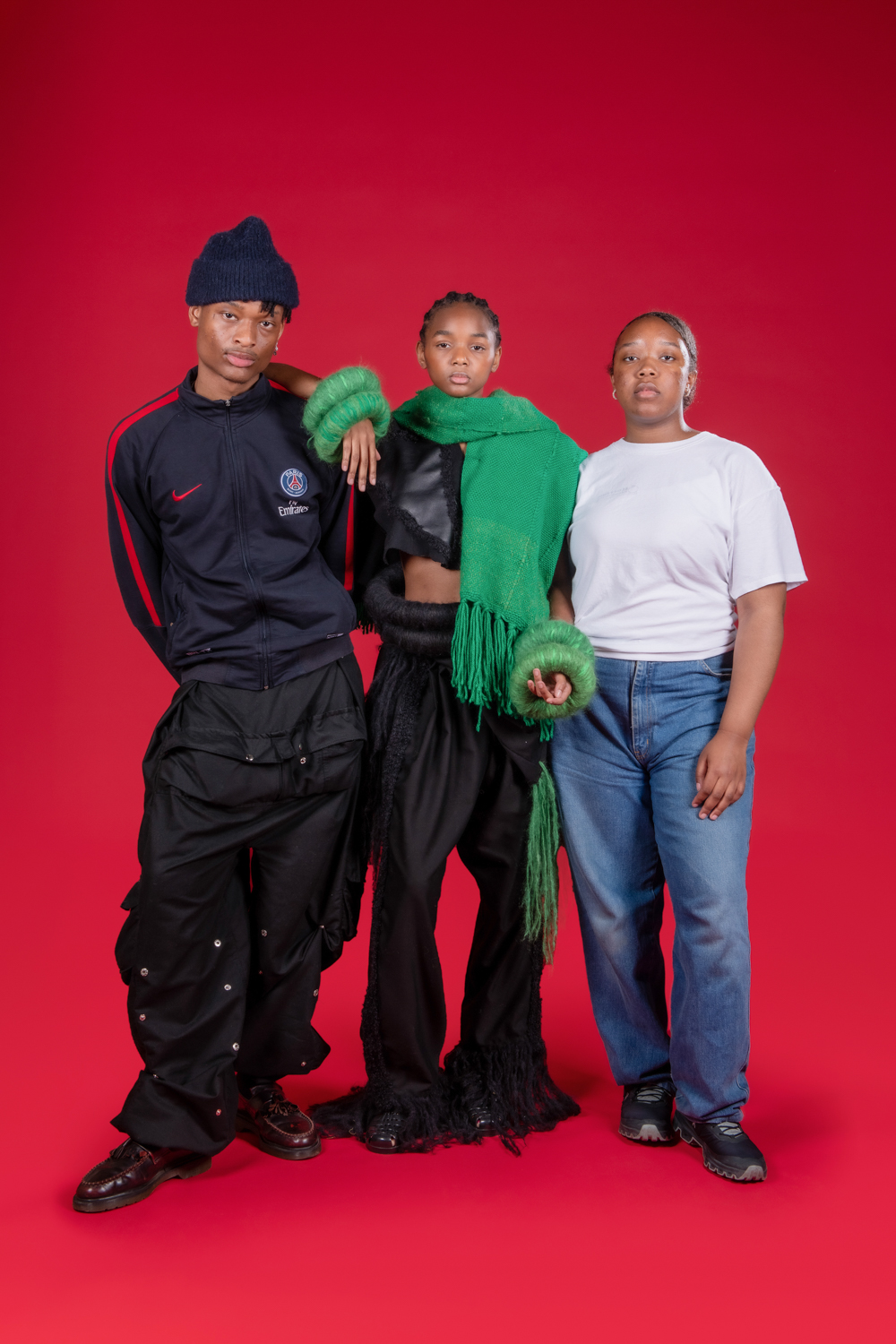
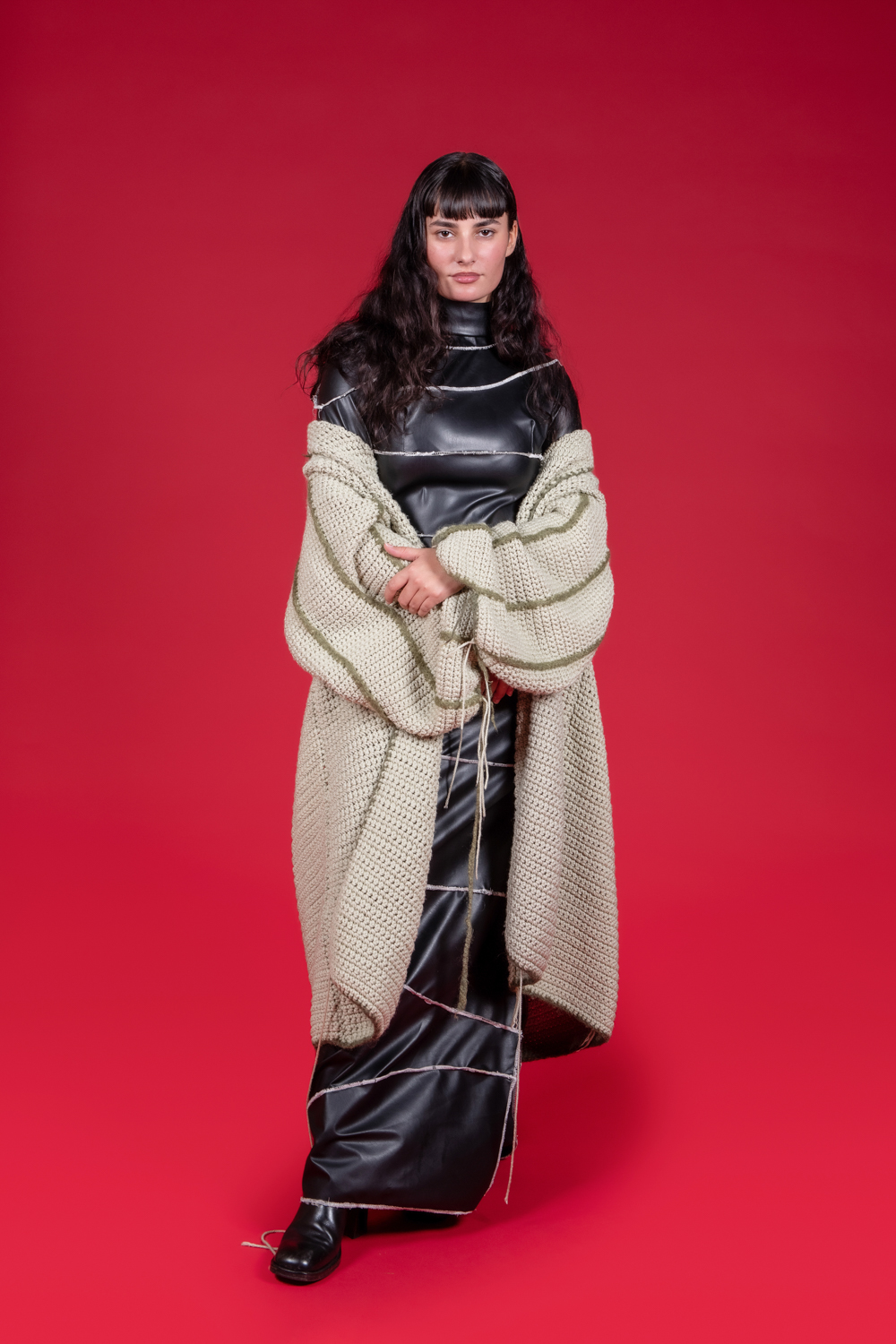
Morojele and Mbango’s garment features a kelly green shawl and large bangles made from South African mohair. These are paired with black pants set, embellished with braided and knitted mohair and fringe at the hem. The bangles and bangle-like belt are reminiscent of the neck rings worn by Ndebele women. While a new piece in its own right, both Morojele and Mbango’s styles are evident in the piece. A look through Mbango’s profile will reveal an appreciation for the feminine form and texture; her work involves ruching, cording and natural dyes like coffee. Morojele’s first piece with the True Fashion program featured tattered knit, patchwork and repurposed materials.
“Seeing our garments on the runway was a reflection of my whole experience with Zaza, Isis and Freddy,” Morojele says. “The relationships that were built were the biggest takeaway from the show.”
If the 1973 Battle of Versailles was about legitimising American design on the French stage, 2022’s CARJACK was a rejection of Western legitimacy and instead a celebration of the connective tissue between Africa, the diaspora and the Global South.
